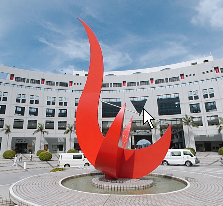Welcome to VINCI'11
Visual communication through graphical or sign languages has long been conducted among human beings of different backgrounds or cultures, and in recent decades between human and machine. In today's digital world, visual information is typically encoded with various metaphors commonly used in daily life to facilitate rapid comprehension and easy analysis during the communication process. Visual information communication generally encompasses information visualization, graphical user-interfaces, visual analytics, and visual languages. It has been successfully employed in knowledge discovery, end-user programming, modeling, rapid systems prototyping, education, and design activities by people of many disciplines including architects, artists, children, engineers, and scientists. In addition, visual information is increasingly being used to facilitate human-human communication through the Internet and Web technology, and electronic mobile devices.
The 2011 Visual Information Communication - International Symposium (VINCI'11) provides an international forum for researchers and industrial practitioners to discuss the state of the art in visual communication theories, designs, and applications. VINCI'11 will be held in Hong Kong. We solicit high quality research papers which involve original research as well as system development experiences. Accepted papers will be published by the ACM Press and be included in ACM Digital Library. Authors of selected papers will be invited to submit a revised and expanded version of their papers to be considered for publication in the International Journal of Advanced Intelligence and International Journal of Software and Informatics.

